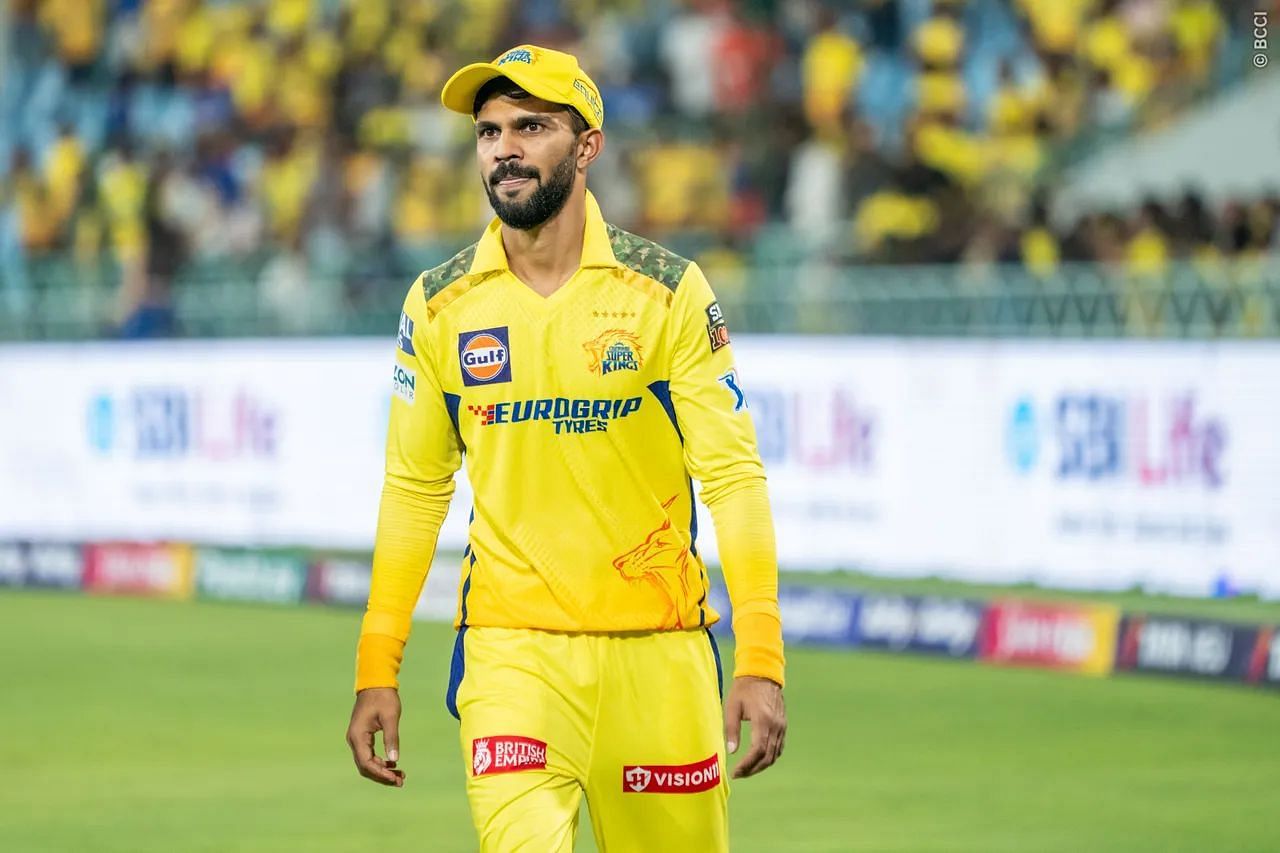
CSK's false starts with the ball threaten to undermine their IPL campaign
Seven innings, 42 overs, 398 runs, seven wickets, run rate of 9.47 – had these been the Chennai Super Kings’ (CSK) batting powerplay numbers, they would have been thrilled to bits. But it isn’t. These are the numbers their bowlers have mustered during their bowling powerplay and a half into the season, they make for grim reading.
Even before a ball had been bowled in IPL 2024, there was a sense that CSK did not quite have the best bowling attack in the tournament. Given their tendency to make the most of their resources, it was thought that they would find a way to make it tick.
So far, though, that has been to rely on moments of individual brilliance, which is very unlike CSK. Of course, they would not mind if Matheesha Pathirana, Mustafizur Rahman, or Ravindra Jadeja won them a game single-handedly, but it is something that is clearly not sustainable.
The others need to start pulling their weight, and the buck starts at the top of an innings, where CSK have not just lacked penetration, but also control.
CSK have struggled in the powerplay this season
Across 252 balls in the powerplay, they have picked up just seven wickets, which averages a wicket per game. They are currently second from bottom when it comes to picking up wickets inside the powerplay this season, only behind the Royal Challengers Bengaluru, whose bowling problems have been well-documented.
A major contributing factor is Deepak Chahar not hitting his straps. He has picked up four wickets in the powerplay but has not been his usual threatening self. The ball is not swinging as much as it normally does for him, and he has been inclined to bowl it in his half more often than ever. His economy rate of 8.8 is also on the higher side and has not allowed the defending champions to apply early pressure.
Chahar's losing form is emphasised by CSK dropping him for a couple of games. Unless it was a niggle, that is a damning assessment because the franchise rarely chops and changes.
Because they have tended to play both Mustafizur and Pathirana, they have been rid of powerplay bowling options. Last year, Maheesh Theekshana would bowl at least an over in the first six, and while he was not a very prolific wicket-taker, he did a decent holding job.
With Mustafizur only available till May 1, the five-time champions might look to go back to Theekshana. The worry, though, is if it will be too late by then.
Tushar Deshpande, compared to 2023, has bowled better and has conceded lesser runs per over. Unfortunately for him and CSK, he has not gotten enough wickets, which has allowed teams to maximize the powerplay and then tee off during the middle overs.
The Delhi Capitals, the Lucknow Super Giants, and the SunRisers Hyderabad have all done so this campaign. It is not a surprise then that CSK have lost these games.
The five-time winners, to their credit, have come back in other matches when teams have gotten off to fliers, namely against the Kolkata Knight Riders and the Mumbai Indians. The KKR collapse, though, was instigated by a special Jadeja spell, while MI were undone by Pathirana’s brilliance.
These instances hint that CSK can come back after an indifferent powerplay. But what is clearer is that they are having indifferent powerplays almost every game, and that is not a good space to be in.
It was something captain Ruturaj Gaikwad mentioned in the aftermath to the LSG defeat. He said it was an area that needed improvement and one that they definitely needed to work on. He also quipped that they felt they were a little short on the batting front, which again goes to show that they probably feel the need to post above-par totals to give their bowlers an adequate cushion.
Most of this sounds very similar to last year when MS Dhoni was handling a bowling attack bereft of experience, more so when Chahar limped off against the Mumbai Indians. Yet, they found a way, and much of it was down to their constant wicket-taking in the powerplay.
To put things into context, only RCB picked up more wickets in the powerplay than the defending champions in 2023. They averaged a wicket every 31.18 runs and 21.33 balls – a significant improvement to a bowling average of 56.85 and a strike rate of 36 in 2024. The economy rate was also down to 8.77, as opposed to 9.47.
So, CSK certainly know the value of taking early wickets and the knock-on effect it has, especially when they have bowlers capable of turning the screw in the middle overs and towards the end.
Up to this stage, though, those point-of-difference bowlers have largely had to resort to damage control. On the odd occasion, their individual quality has taken CSK to where they want to be.
But these false starts could ultimately undermine their campaign. And that is not CSK would want. Not when the problem is so striking and tough to look past.